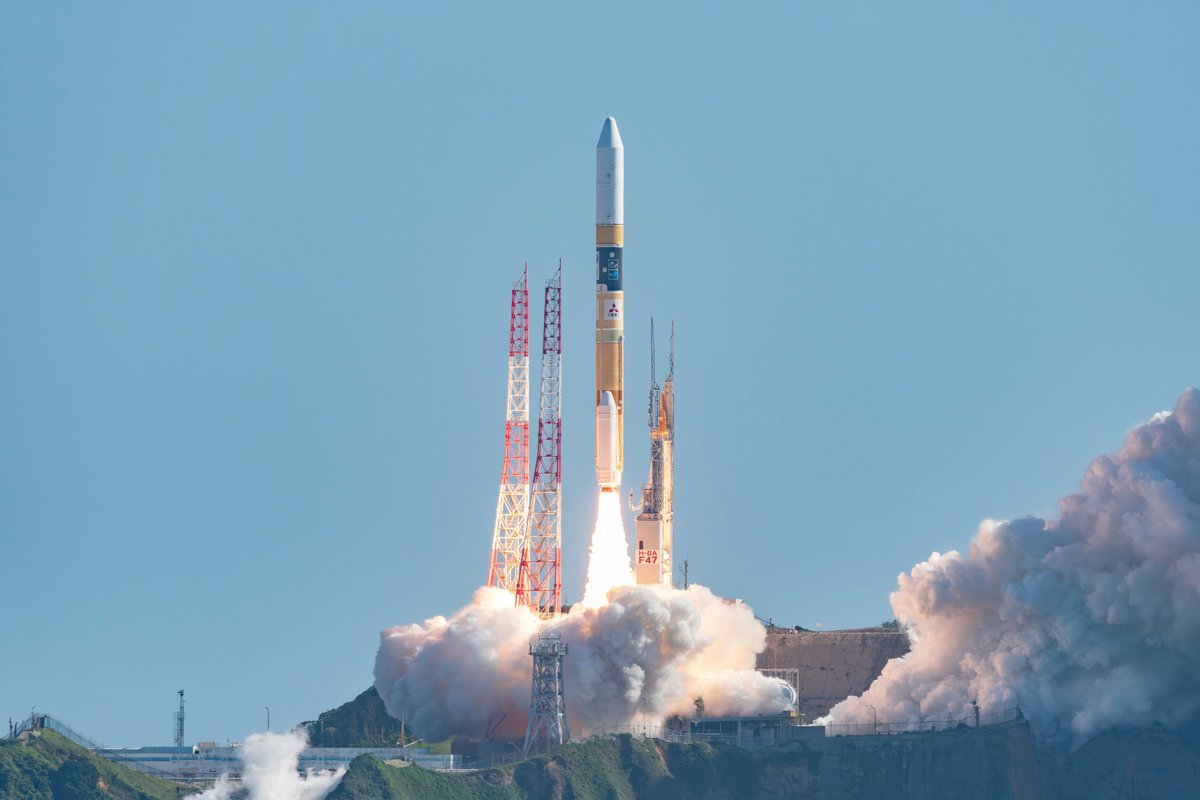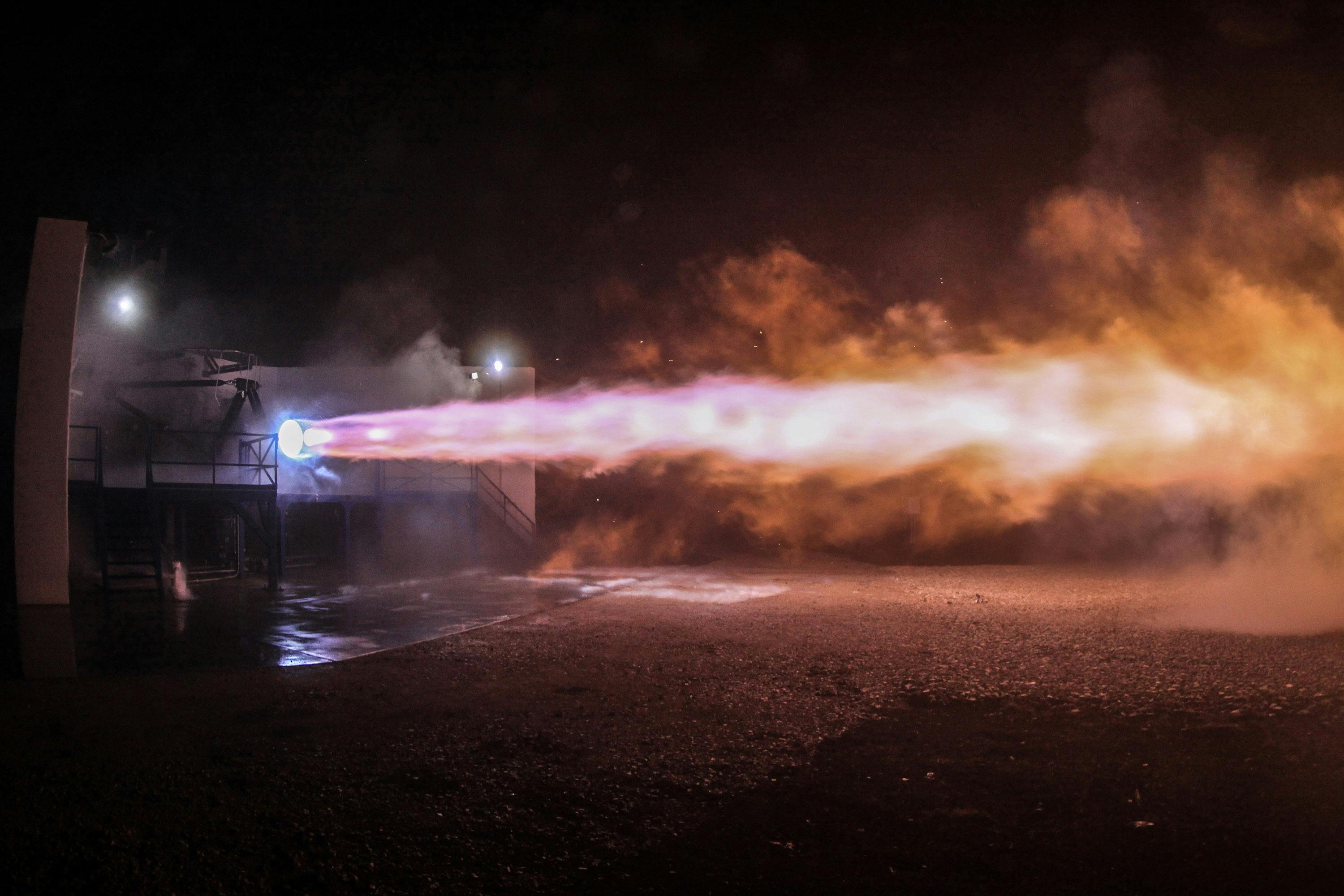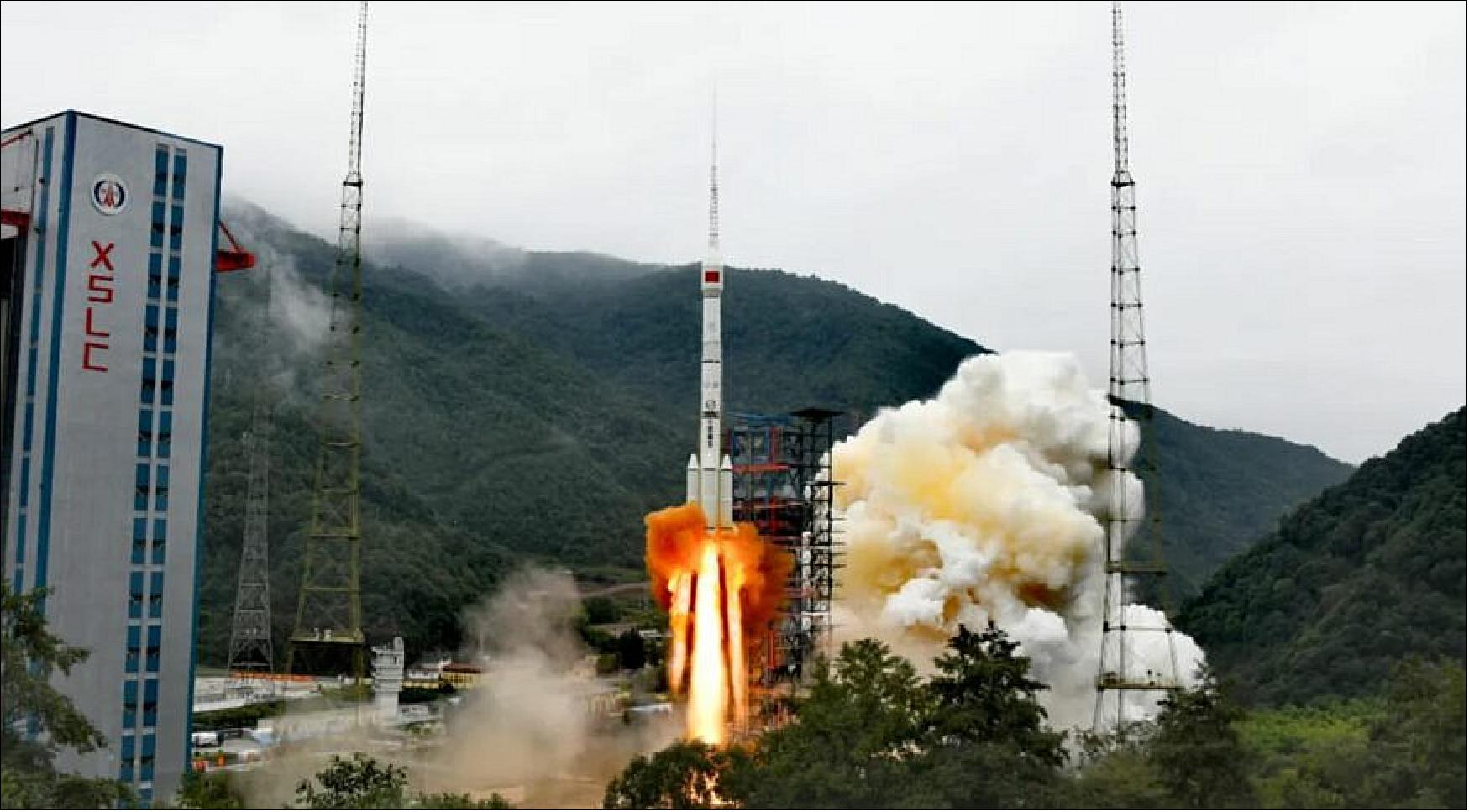· space brief · 7 min read
Space Brief 16 Jun 2025
Today's update covers NASA's Ax-4 mission preparations, ESA's satellite imaging program, Ursa Major's military contract, and China's expanding nuclear arsenal.

📄Top Stories
NASA has announced the potential launch date for the Ax-4 mission to the ISS amidst ongoing air leak investigations. The European Space Agency is set to enhance its satellite imaging capabilities through the “resilience from space” program. In military developments, Ursa Major lands a significant contract to provide engines for hypersonic tests, while China’s nuclear arsenal growth raises global concerns.
📰Detailed Coverage
NASA’s Ax-4 Mission Readies for Launch
NASA has earmarked June 19 as a potential launch date for the Ax-4 mission to the International Space Station, continuing its collaboration with private astronaut endeavors. This planning comes even as NASA addresses an air leak detected in the station’s Russian segment, indicating proactive measures to ensure safety and mission readiness.
The Ax-4 mission underscores the ongoing expansion of human spaceflight’s private sector role, promising to enhance scientific and commercial activities aboard the ISS. For satellite tracking enthusiasts, this mission highlights the dynamic use of orbital resources, a feature deeply integrated into our web app’s tracking capabilities.
Read the full story: SpaceNews
ESA Advances ‘Resilience from Space’ Initiative
The European Space Agency is advancing its “resilience from space” program, which aims to launch an Earth observation satellite system catering to both civil and military needs. This initiative represents a strategic step toward bolstering Europe’s autonomous space capabilities and expanding its role in global satellite imaging.
By combining civil and military applications, ESA’s program seeks to provide comprehensive data services that enhance environmental monitoring, disaster response, and strategic defense initiatives. Such dual-use systems underscore the intricate relationships between satellite technology and global strategic interests.
Read the full story: SpaceNews
Ursa Major Powers Hypersonic Advancement
Ursa Major has secured a $32.9 million contract to supply its upgraded Hadley engines for U.S. military hypersonic vehicle tests, specifically for the Talon-A vehicle developed by Stratolaunch. This contract signifies a crucial support to advancing cutting-edge propulsion technologies essential for hypersonic weapons and vehicles.
The partnership enhances the U.S. military’s capabilities in high-speed vehicle testing, contributing to the global landscape of strategic defense initiatives. Such developments are of keen interest for those monitoring military craft deployments and tracking objects in higher atmospheric conditions.
Read the full story: SpaceNews
China’s Expanding Nuclear Arsenal
Reports reveal that China’s nuclear arsenal has increased by 20% over the past year, now boasting over 600 warheads. This rapid expansion, although still smaller than U.S. and Russian stockpiles, is being closely monitored by global powers, reflecting heightened concerns over regional and global security dynamics.
China’s military advancements and nuclear capabilities hold significant implications for international peace and defense strategies, with analysts observing the geopolitical ramifications of its growing arsenal. The developments emphasize the need for vigilant monitoring of strategic military assets.
Read the full story: Breaking Defense
Israeli Defense Firms in Paris Amidst Tensions
Despite ongoing conflicts with Iran, Israel’s premier defense firms are showcasing their innovations at the Paris Air Show. Major players like IAI, Rafael, and Elbit are moving forward with presentations, emphasizing their commitment to international collaboration and market expansion.
Participation at such events highlights the export-driven focus of Israel’s defense sector amidst complex geopolitical situations, showcasing innovations that have potential for satellite integration and defense communications enhancement.
Read the full story: Breaking Defense
Solar Orbiter’s Sun’s South Pole Discovery
The Solar Orbiter has achieved a milestone by capturing first-ever observations of the Sun’s south pole, revealing complex magnetic fields. These findings contribute valuable insights into solar behavior, crucial for understanding space weather that impacts Earth and our satellite infrastructure.
The mission exemplifies international cooperation in space exploration, with results contributing to models predicting solar storms, which is vital for maintaining the functionality of satellites in orbit.
Read the full story: NASASpaceFlight
🛰️Satellite Spotlight
- Satellite Name: MATS
- NORAD ID: 54227
- Launch Date: November 4, 2022
- Mission: MATS (Mesospheric Airglow/Aerosols between Stars) aims to investigate the upper atmosphere, focusing on aeronomy to enhance our understanding of atmospheric processes and variations.
- Orbit: LEO (Low Earth Orbit)
- Operator: Swedish National Space Agency (SNSB)
- Fun Fact: MATS is equipped with both a limb imager and a nadir imager, allowing it to capture high-resolution images of atmospheric phenomena from different angles.
Track this satellite in real-time on our web app: Track MATS
🌌Space Weather
Space weather conditions are currently quiet.
Current
R0 - S0 - G0
Last 24 Hour Maximums
R2 - S0 - G0
Recent Alerts
- Type II Radio Emission: A Type II emission occurred on June 15, indicating a coronal mass ejection associated with a flare, with an estimated velocity of 397 km/s.
- Type IV Radio Emission: A Type IV emission was reported on June 15, linked to a significant solar eruption, indicating strong coronal mass ejections and radiation storms.
- M8.4 X-ray Event: On June 15, an X-ray event exceeding M5 occurred, with potential limited blackout of HF radio communications for tens of minutes, affecting areas on the sunlit side of Earth.
- 10cm Radio Burst: A 10cm radio burst occurred on June 15, indicating significant radio noise that may interfere with radar, GPS, and satellite communications.
- Type II Radio Emission: Observation of another Type II emission with an estimated velocity of 485 km/s on June 15 suggests further coronal mass ejection activity.
Next 24 Hours
-
Radio Blackouts Probability
- Minor: 75
- Major: 30
- Risk: None
-
Solar Radiation
- Probability: 65
- Risk: None
-
Geomagnetic Storming
- Scale: 1
- Impact: minor
- Activity: Moderate
-
Impact Summary
- Next 24 hours: No risk of radio blackouts and solar radiation storms. Moderate geomagnetic activity with minor geomagnetic storms expected.
- Periods of G1 (Minor) geomagnetic storms are likely on June 16 due to coronal hole high-speed stream influences.
- An S1 (Minor) solar radiation storm is also expected on June 16, with potential for similar conditions on June 17-18 following the M8.4 flare.
- R1-R2 (Minor-Moderate) radio blackouts are anticipated from June 16-18, with a chance for R3 (Strong) events.
Long Term Forecast
- Forecast of Solar and Geomagnetic Activity June 16 - July 12, 2025
- Solar activity is expected to vary from low to high levels during this period, with R1-R2 events possible and a chance for R3 or stronger events from June 16-22.
- The active sunspot (Region 4114) may contribute to further flaring activity.
- Enhanced radiation levels are anticipated from June 16-18 following the observed M8.4 flare.
- Geomagnetic activity could reach G1 (Minor) storm levels on June 15 and 25-26 due to coronal hole influences, with additional active conditions expected intermittently throughout the forecast period.
- Quiet to unsettled conditions will likely dominate the remainder of the timeframe.
🚀Upcoming Space Launches
June 16
- United Launch Alliance Atlas V 551:
- Project Kuiper (KA-02) from Cape Canaveral Space Force Station (17:25 UTC) Project Kuiper is a mega constellation of 3,276 satellites for broadband internet access by Amazon.
June 17
- SpaceX Falcon 9 Block 5:
- Starlink Group 15-9 from Vandenberg Space Force Base (03:36 UTC) A batch of satellites for the Starlink mega-constellation, SpaceX’s space-based internet communication system.
June 18
- SpaceX Falcon 9 Block 5:
- Starlink Group 10-18 from Cape Canaveral Space Force Station (05:38 UTC) Another Starlink satellite batch for global internet coverage.
June 19
- Russian Space Forces Angara A5/Briz-M:
- Kosmos (Unknown Payload) from Plesetsk Cosmodrome (02:30 UTC) Unidentified payload for the Russian military.
- SpaceX Falcon 9 Block 5:
- Axiom Space Mission 4 from Kennedy Space Center (08:53 UTC) This mission carries a trained commander and three private astronauts to the International Space Station for an 8-day stay.
June 20
- SpaceX Falcon 9 Block 5:
- Starlink Group 10-23 from Cape Canaveral Space Force Station (06:32 UTC) Continuing the deployment of SpaceX’s Starlink satellites for internet services.
- China Aerospace Science and Technology Corporation Long March 3B/E:
- Unknown Payload from Xichang Satellite Launch Center (12:27 UTC)
- SpaceX Falcon 9 Block 5:
- Transporter 14 (Dedicated SSO Rideshare) from Vandenberg Space Force Base (21:19 UTC) A dedicated rideshare mission carrying multiple microsatellites and nanosatellites.
June 21
- Blue Origin New Shepard:
- NS-33 from Corn Ranch, Van Horn, Texas (12:30 UTC) The 13th crewed flight for Blue Origin’s New Shepard program.
June 23
- Japan Aerospace Exploration Agency H-IIA 202:
- GOSAT-GW from Tanegashima Space Center (16:33 UTC) The GOSAT-GW will monitor greenhouse gases and the water cycle in Earth’s atmosphere.
Note: Launch dates and times are subject to change due to technical or weather considerations.

Maurice Stellarski





